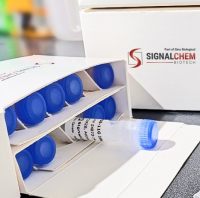Invertebrate phototransduction is a central subject in neuroscience that includes several key topics with implications to a wide variety of cells and tissues. The phototransduction cascade begins with isomerization of the retinoid chromophore by photons that activate the photopigment. The activated photopigment facilitates the exchange of bound guanosine 5′-diphosphate (GDP) with cytoplasmic guanosine 5′-triphosphate (GTP) via a guanine nucleotide-binding protein (G protein). The activated G protein, probably the α subunit, activates, in turn, a membranebound phosphoinositidase C (PIC) enzyme, which catalyzes the hydrolysis of phosphatidylinositol 4,5 bisphosphate (PtdInsP2 ) into two intracellular messengers: hydrophilic inositol 1,4,5-trisphosphate (InsP3 ) and hydrophobic diacylglycerol (DG) (Fein et al., 1984 ; Brown et al., 1984 ; Payne, 1986 ; Payne et al., 1988 ; Tsuda, 1987 ; Paulsen et al., 1987 ; Selinger and Minke, 1988 ; Montell 1989 ). The role of DG in photoreceptors is not clear, but InsP 3 releases Ca2+ from intracellular compartments mainly from the submicrovillar cisternae (SMC), which is part of the smooth endoplasmic reticulum (Brown and Rubin, 1984 ; Payne et al., 1986b ; Baumann and Walz, 1989 ). Ca2+ functions as a messenger for light adaptation (Lisman and Brown, 1972 ; Brown and Blinks, 1974 ) and possibly for excitation (Stieve and Bruns, 1980 ; Bolsover and Brown, 1985 ; Stieve, 1986 ; Payne et al., 1986a , 1988 ).






